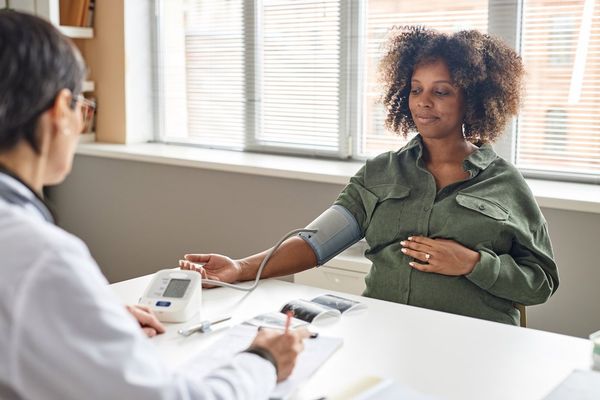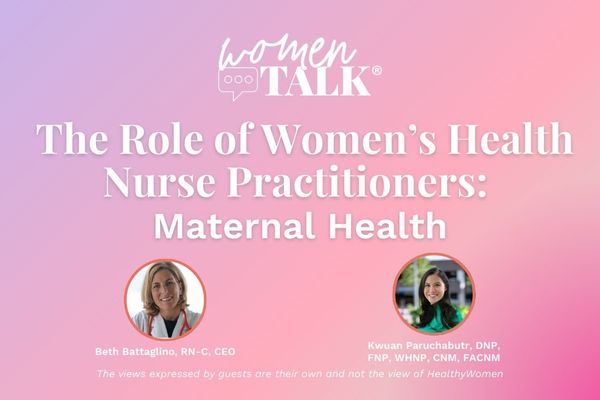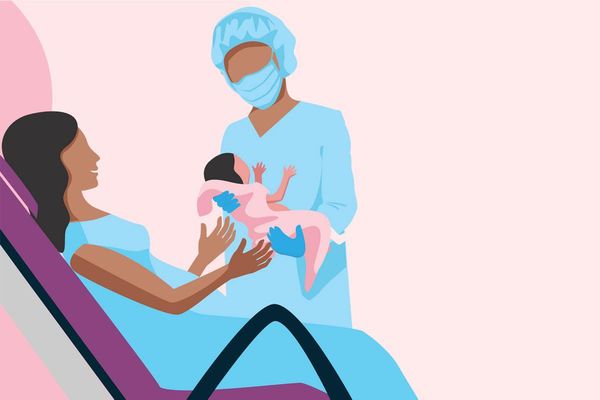On the day I reached 12 weeks pregnant, I was thrilled to be out of the riskiest time of pregnancy and looking forward to sharing my good news. But that night, I had a bit of a scare. I got home from working at 9:30 p.m. and sat down to relax. By 11 p.m. I was ready for bed and when I got up from the couch, I noticed blood on my pants. Oh no, I thought; I can't believe this is happening.
I tried to stay calm and called my midwife. She told me it was likely one of two things: either I was miscarrying (my worst fear, of course) or I was experiencing the release of a pocket of blood that can sometimes get trapped between the uterus and placenta (what I later found out is called a subchorionic hematoma).
My options were, she said, to monitor it overnight and make an appointment for an ultrasound in the morning or go to the emergency room. I wanted to be prepared for how the rest of the night would go, so waiting wasn't an option.
We headed to the emergency room where, after four hours of various nurses taking urine, blood and vitals, I was finally sent upstairs for an ultrasound. As the technician and the resident OB/GYN watched the monitor quietly, I tried to remain calm and breathe. After what seemed like an endless amount of time, I heard them talking about the blood pocket and immediately began to feel relieved. They informed me that it was a blood pocket between the placenta and the uterine wall, called a subchorionic hematoma (also known as subchorionic bleeding). But they assured me the baby looked healthy and his (or her!) heartbeat was strong. I was so relieved and thankful.
I had no idea that bleeding early in pregnancy could mean anything other than a miscarriage. Later I found out that about 20 percent of women who have healthy babies bleed at some point during early pregnancy.







